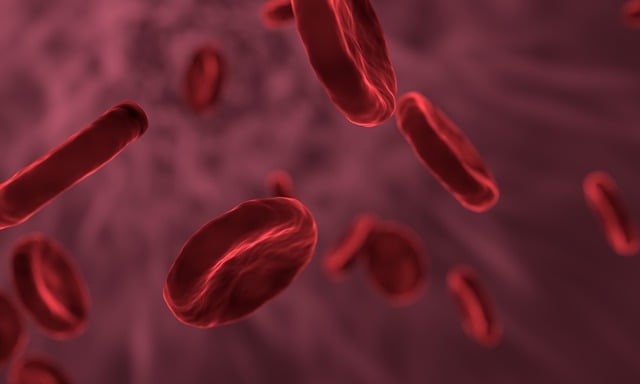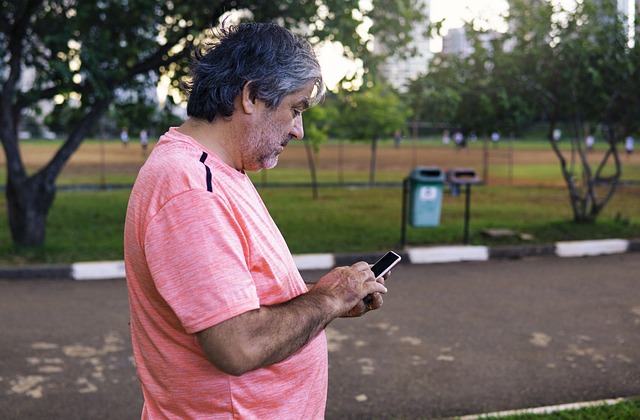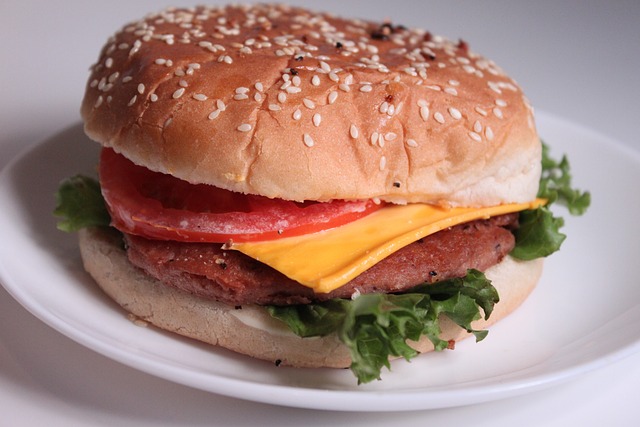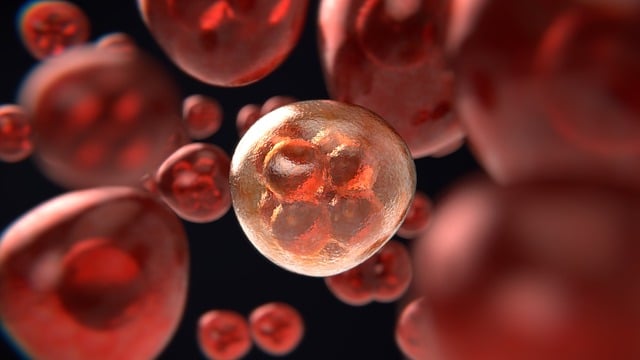Fat Cell Freezing (cryolipolysis) is a non-surgical, non-invasive body contouring treatment targeting abdominal fat cells. The process cools fat to below -25°C, causing fat cell crystallization and death, followed by their natural elimination through the lymphatic system over weeks. Suitable for individuals with localized excess fat, it requires a consultation and BMI eligibility criteria. The procedure involves applying a cooling device to targeted areas under local anesthesia, minimizing discomfort. Post-treatment, patients can resume daily activities while minor side effects may occur. Results are long-lasting but maintaining healthy habits is crucial; those with specific conditions or younger than 18 should avoid it.
“Uncover the transformative power of fat cell freezing for a flatter abdomen. This innovative, non-invasive procedure is revolutionizing body contouring, offering a safe and effective solution for reducing stubborn belly fat. Our comprehensive guide explores the science behind fat cell freezing technology, its step-by-step process, and why it’s becoming a popular choice for those seeking a trim midsection.
From understanding candidate eligibility to post-treatment care, we break down everything you need to know about this game-changing aesthetic treatment.”
Understanding Fat Cell Freezing Technology

Fat Cell Freezing technology is a non-invasive procedure that uses cryolipolysis to break down and eliminate fat cells in targeted areas, most commonly the abdomen. This advanced technique has revolutionized body contouring by offering a safer and more effective alternative to surgical options. During the process, cooled cryogenic energy is applied to the fat cells, causing them to crystallize and eventually die, all while preserving surrounding healthy tissues.
The procedure starts with a consultation where a qualified healthcare professional assesses your medical history and determines the best treatment plan. Using specialized equipment, they apply a cooling device on the desired area, usually the belly region. This device precisely targets the fat cells, ensuring minimal discomfort to the skin and other tissues. Over time, the frozen fat cells are naturally processed by the body and eliminated through waste systems.
How Fat Cell Freezing Works on the Abdomen

Fat cell freezing, also known as cryolipolysis, is a non-invasive procedure that targets and destroys fat cells in specific areas, including the abdomen. The process involves cooling the targeted fat to temperatures below -13°F (-25°C), causing the fat cells to crystallize and subsequently die. This controlled freezing is typically performed using specialized devices that apply cold energy to the skin, penetrating deep enough to reach and destroy the fat cells while minimizing damage to surrounding tissue.
Once the fat cells are frozen and destroyed, they are naturally eliminated from the body through the lymphatic system over several weeks. The procedure offers a non-surgical alternative for those seeking to reduce stubborn abdominal fat without incisions or extensive recovery periods. It is particularly effective for treating small, localized areas of excess fat, providing patients with improved contour and a slimmer appearance.
Benefits of Non-Invasive Fat Reduction for the Tummy Area

Non-invasive fat reduction treatments, like Fat Cell Freezing, offer a multitude of benefits for individuals seeking to contour their abdominal area. Unlike traditional surgical procedures, these innovative methods provide a safe and effective way to reduce stubborn belly fat without incisions or lengthy recovery periods. Fat Cell Freezing specifically targets and freezes fat cells, causing them to break down and be naturally eliminated from the body. This targeted approach allows for precise reduction in problem areas, resulting in a more sculpted appearance.
One of the key advantages is minimal downtime, allowing patients to resume their normal activities almost immediately. Unlike surgery, there’s no bleeding, scarring, or extensive recovery required. Additionally, Fat Cell Freezing can be performed in-office under local anesthesia, making it a convenient and comfortable option for those seeking body contouring. This non-invasive approach is ideal for individuals who want to achieve a trim midsection without the risks and discomfort associated with more aggressive procedures.
Candidate Selection and Eligibility Criteria

Fat Cell Freezing for Abdomen: Candidate Selection and Eligibility Criteria
Candidate selection for fat cell freezing is a crucial step to ensure optimal results. Ideal candidates are generally individuals with localized excess abdominal fat, often seeking non-invasive treatment options before considering more invasive procedures. The procedure is not recommended for pregnant or breastfeeding women, as well as those with certain medical conditions such as severe kidney or liver disease, uncontrolled diabetes, or blood clotting disorders. It’s essential to consult a qualified healthcare provider to discuss your medical history and determine if fat cell freezing is suitable for you.
Eligibility criteria also include having a healthy BMI, typically between 25 and 40, and realistic expectations about the procedure’s outcomes. Since fat cell freezing targets specific areas, it’s best suited for individuals with pinpointed pockets of stubborn fat rather than overall weight loss. Your provider will evaluate your abdomen during an initial consultation, assessing skin pinch sites and discussing your lifestyle to ensure you’re a good candidate for this non-surgical approach to abdominal fat reduction.
The Procedure Step by Step: What to Expect

Fat Cell Freezing for Abdomen: The Procedure Step by Step: What to Expect
The process begins with a consultation where your doctor assesses your medical history, discusses your goals, and determines if fat cell freezing is suitable for you. During the treatment session, you’ll lie down comfortably while the specialist applies a cooling device to targeted areas of your abdomen. This device delivers precise cold energy to fat cells, causing them to shrink and die without damaging surrounding tissues. As the procedure progresses, you may feel a tingling sensation, but it’s usually well-tolerated with minimal discomfort.
After the treatment, you can return to your daily activities immediately, though some minor swelling or bruising at the treatment sites is possible. Over the following weeks, your body naturally eliminates the destroyed fat cells, leading to reduced waistline and improved abdominal contour. It’s important to maintain a healthy lifestyle, including balanced diet and regular exercise, for optimal results as new fat cells can develop over time.
Potential Risks, Side Effects, and Common Concerns Answered

Fat Cell Freezing, while offering a non-invasive approach to reducing abdominal fat, is not without potential risks and side effects. Some common concerns include temporary discomfort at the treatment site, redness or swelling which usually subside within a few days. In rare cases, patients might experience bruising or numbness. There’s also the possibility of fluid retention in the treated area, leading to temporary swelling. Another concern is that results may vary from person to person, and multiple treatments are often required for optimal outcomes. It’s important to remember that Fat Cell Freezing isn’t suitable for everyone; those with certain medical conditions, pregnant women, or individuals under 18 should avoid it. Always consult a healthcare professional before proceeding.
Recovery Time and Post-Treatment Care Instructions

After a Fat Cell Freezing treatment for the abdomen, recovery time typically ranges from 1-2 weeks, depending on the individual and their overall health. During this period, patients may experience some redness, swelling, or discomfort at the treatment sites, but these symptoms usually subside within a few days to a week. It’s recommended to avoid strenuous activities and excessive exercise during the healing process to prevent any potential complications.
Post-treatment care instructions include keeping the treated area clean and dry. Patients should also apply a cold compress for the first 24 hours to reduce swelling. As the skin heals, a gentle, fragrance-free moisturizer can be used to maintain hydration. It’s crucial to monitor any signs of infection, such as increased redness, warmth, or pus at the treatment sites, and seek medical attention if these symptoms persist or worsen. Following these care instructions will help ensure optimal results and a smooth recovery from Fat Cell Freezing.
Long-Term Results and Maintenance Tips

Fat Cell Freezing for abdomen offers long-lasting results, but maintaining the effects requires consistent efforts. Unlike surgical procedures, this non-invasive technique eliminates fat cells permanently, allowing for a slimmer silhouette over time. However, it’s important to remember that diet and exercise still play a crucial role in weight management after treatment. Maintaining a balanced diet and engaging in regular physical activity will help ensure the best possible outcomes and prevent any future weight regain.
To sustain the results of Fat Cell Freezing, patients should adopt healthy habits such as limiting high-calorie foods, increasing water intake, and incorporating both cardiovascular exercises and strength training into their routines. Regular check-ins with a healthcare provider can also be beneficial to track progress and make any necessary adjustments to maintenance plans. By combining these strategies, individuals can enjoy the benefits of a flatter stomach for extended periods.
